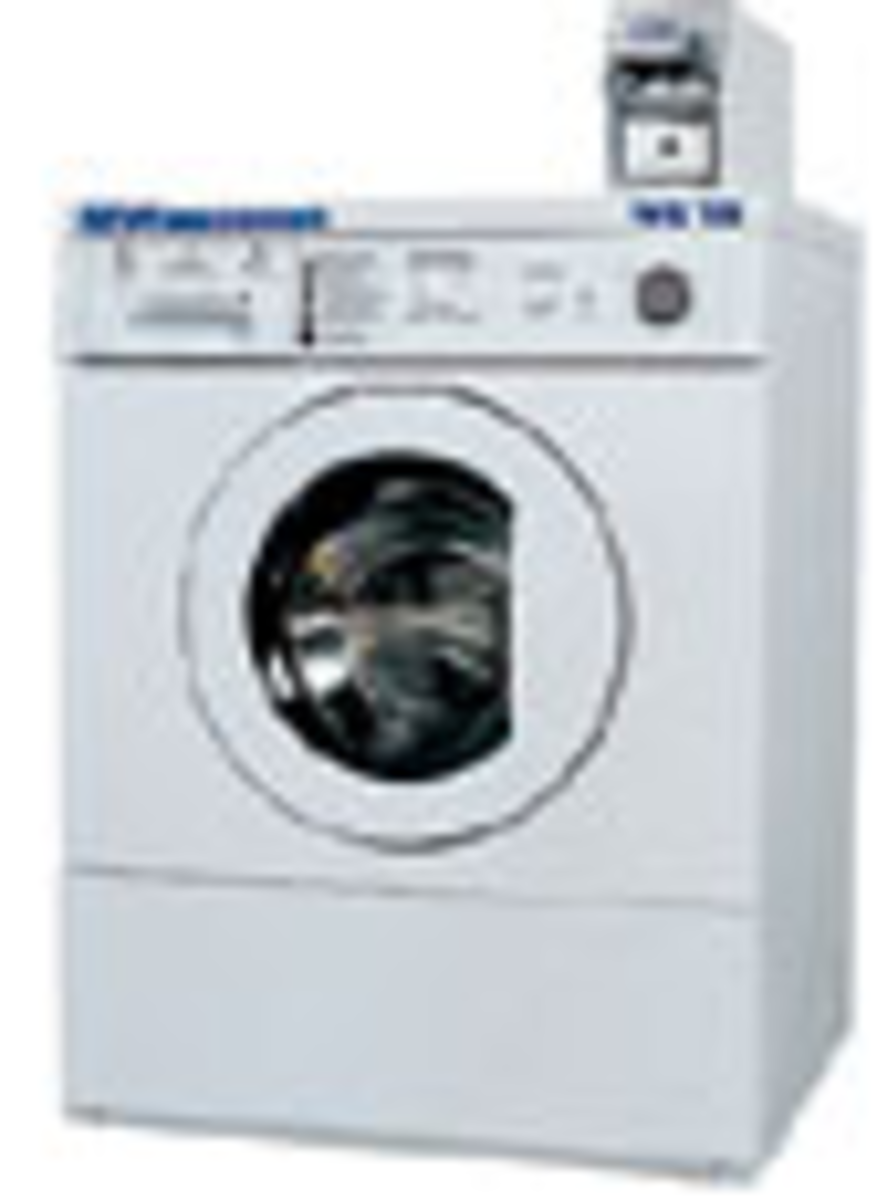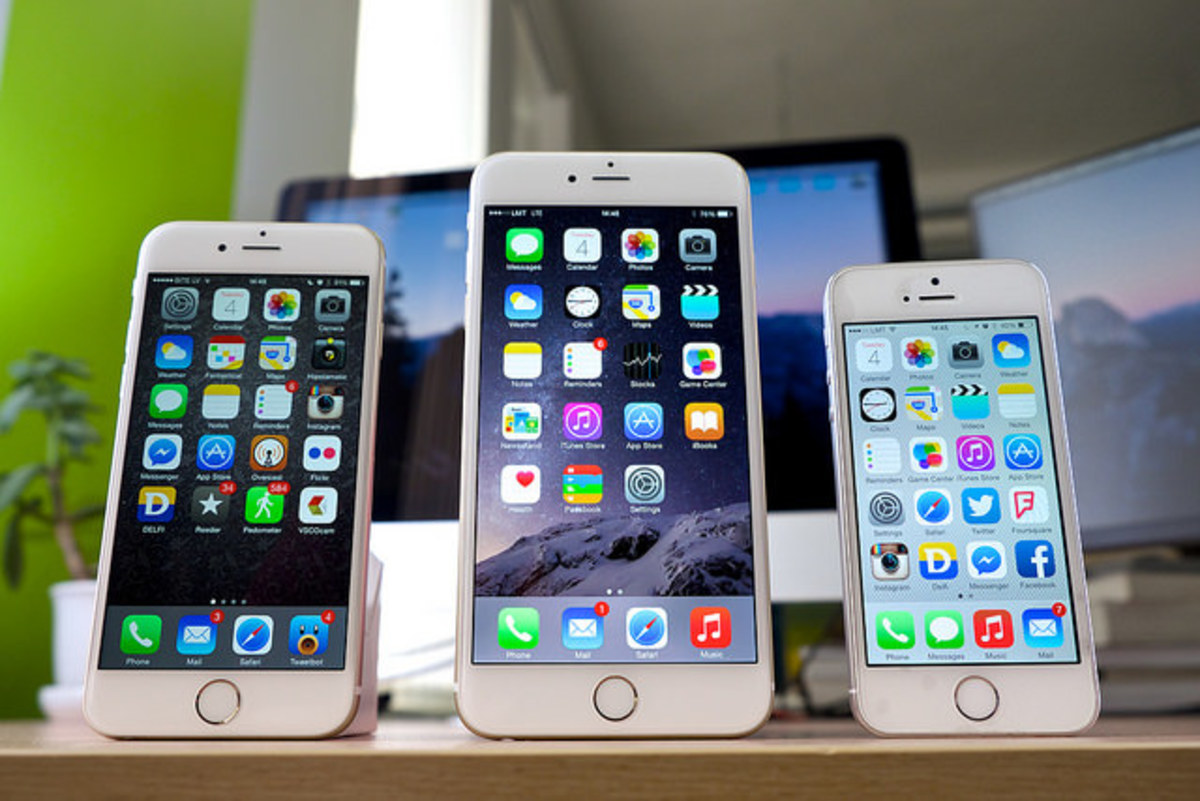The price of the Apple Watch is crazy
After a long wait, we finally know how much the Apple Watch will cost in each of its various guises. We had an indication of the bottom end of the range back in September when Apple announced during the Watch reveal that the range would start from $349. The Internet quickly surmised that this would be for the Watch Sport, with its aluminium case and ion-hardened glass in the absence of the stainless steel and sapphire crystal which adorn other models within the Watch catalogue.
The recent announcement has now given us full visibility of pricing across the entire range, however, and it seems that the Internet has had largely the same reaction to Apple's pricing strategy; that they're crazy.

In order to explain why I believe Apple has made an error in their pricing strategy, allow me to give a brief overview of the different styles of Apple Watch and the key differences between them.
Apple Watch
What could be considered the 'normal' edition of the Watch, this version features a hardened stainless steel alloy for the casing. The front of the watch is protected by sapphire crystal, a material which Apple point out is the second hardest translucent material known to man other after diamond. This style of the Watch is available with a number of options for straps, from stainless steel links, a variety of leather bands and a Milanese loop.
Apple Watch Sport
Apple's intention for the Watch Sport is obvious - it is primarily a fitness focused device. As such, it utilises sweat resistant fluoroelastomer (rubber) bands. For the Watch itself, anodised aluminium and Ion-X glass allow the Watch Sport to be lighter than its stainless steel counterpart whilst ensuring durability.
Apple Watch Edition
The Apple Watch Edition's differentiating factor between it and the stainless steel Watch is the construction of 18 carat yellow or rose gold. It features the same sapphire crystal display and is available with fluoroelastomer or leather bands.
So why is it crazy?
Though the different styles of Watch have different materials and are aimed at different markets, they share the same internals. Unusually for the tech industry, there is no superior function gained through purchasing one of the more expensive models. They all share the same processor, memory, apps, features, capabilities and limitations. This fact alone makes the more expensive Watch versions a hard sell when customers could be saving hundreds of dollars simply by buying the same product made from slightly different materials.
The Watch Sport, I would argue, does not have any drastic issues with its price point. Yes, it is more expensive than its closest competitors, the Android Wear releases from Motorola, Sony, LG and so on, but this is often the way with first generation Apple products. The first iPhone was prohibitively expensive. The MacBook Air and iPad Mini also commanded higher prices when they launched and they are now successful product lines. Apple bills itself as a manufacturer of premium goods and have priced the Watch Sport accordingly.
However, the Watch and Watch Edition are a different story. These versions open up the buyer to more customisation options - a choice of leather and metal bands are available in addition to the Sport's fluoroelastomer bands. This is where prices start getting dubious.
A stainless steel Watch with a rubber band starts from $549 for the 38mm watch face (for the larger 42mm Watch, simply add $50 to each price). Though this is not my main point, we have to consider that the choice of a stainless steel body and sapphire glass has just cost us $200 over the Watch Sport. Remember that these watches, aside from choice of material, are identical.
When we then add a leather band to compliment the stainless steel body, the price jumps to start from $649. This is for a classic buckle - a traditional band as seen on any leather strap wrist watch. The modern buckle, a clever magnetic enclosure that fastens the leather band and sits symmetrically against the Watch itself, increases the price to $749. If you favour a stainless steel link band, you're really out of luck; $949. It doesn't even stop there - a customer looking for the space black variant of that option will pay $1,049. Even discounting the Watch Sport entirely, we have just seen the price rise by $500, or nearly twice as much as before, just for a metal strap and a darker colour.
If you thought that the price increases of that selection were silly, wait until we consider the Watch Edition. A 38mm rose gold Watch Edition with a rubber band costs $10,000 (the price inexplicably rises by $2000 for the larger 42mm Watch Edition and I highly doubt the larger case contains an additional $2000 worth of gold) but then rises to $15,000 or $17,000 for a leather band depending on if you choose the classic or modern buckle respectively. Think about that for a second; what Apple have just sold you is, in effect, a leather band for a watch for $7,000.
I am aware that Apple is producing limited numbers of the Watch Edition and is aiming for a certain mystique with this particular version of the Watch line. I do not take issue with the notion of the the Watch Edition starting at $10,000. Reports surfaced soon after the reveal back in September stating that a mechanical wristwatch would be priced similarly if it had the material composition.
The reason I take issue with the pricing of the Watch and Watch Edition is because this product is essentially modular. The unit itself can be removed from its bands through a quick release mechanism and other bands can be used instead. The Watch unit itself must therefore hold the same value as it is the same item. So why does the choice of a leather band suddenly add hundreds or even thousands of dollars to the asking price?

Apple has tried hard to position the Watch as a fashion statement or designer item rather than a technology product. It took out ads in Vogue, once reserving 12 pages of advertising space with views of the Watch Sport and Watch Edition but no mention of technical specifications or features. Confusingly though, Apple has now been criticised for talking too technically about the Watch and being far more design-focused in unveiling its new MacBook at its recent Spring Forward event.
Perhaps it is Apple's intention to position themselves as a premium jewellery manufacturer alongside established names in the watchmaking industry. However, Apple will be regarded first and foremost as a technology company. They command a premium position in the technology industry, yes, but this thought provoking article from Benjamin Clymer, founder and executive editor of luxury watch website HODINKEE explains the challenges Apple face in positioning themselves as a viable alternative to established marques such as Rolex, Breitling, Tag Heure and their contemporaries.
A purchase of an expensive watch (what is considered 'expensive' will be subject to individual tastes - my recent expenditure of £120 for a watch was considerable for me) will typically be justified under certain conditions: a watch aficionado purchasing to add to a collection; as an investment with a potential view to pass down as an heirloom; on accountability of the status one gets from owning a luxury branded item. The reason may be more simple, as in my case, that the user likes the look of the watch and wishes to own and wear it everyday. It is plausible, however, that each of these circumstances invites the assumption that longevity will be considered as part of the sale. Technology products such as mobile phones and tablets are more disposable. Gradual degradation of battery capacity, out of date processors and unsupported software make unpractical the notion of buying a smartphone with a view of using it over a period of 5-10 years.
The Apple Watch is similar to other technology products in this regard, that that it is essentially a miniaturised wrist worn computer. It shares the same technical limitations as the iPhone that it is dependently tethered to in order to allow it to function. Smartphones generate profit for their manufacturers by being sold in their millions, often through a subsidised price as part of a contract. My view is that Apple should have recognised that by virtue of its category the Apple Watch should have been priced to be more accessible and less exclusive; a premium price in comparison to competitors' products has long been Apple's strategy but the current arrangement just smacks of optimism, foolhardiness and greed.








